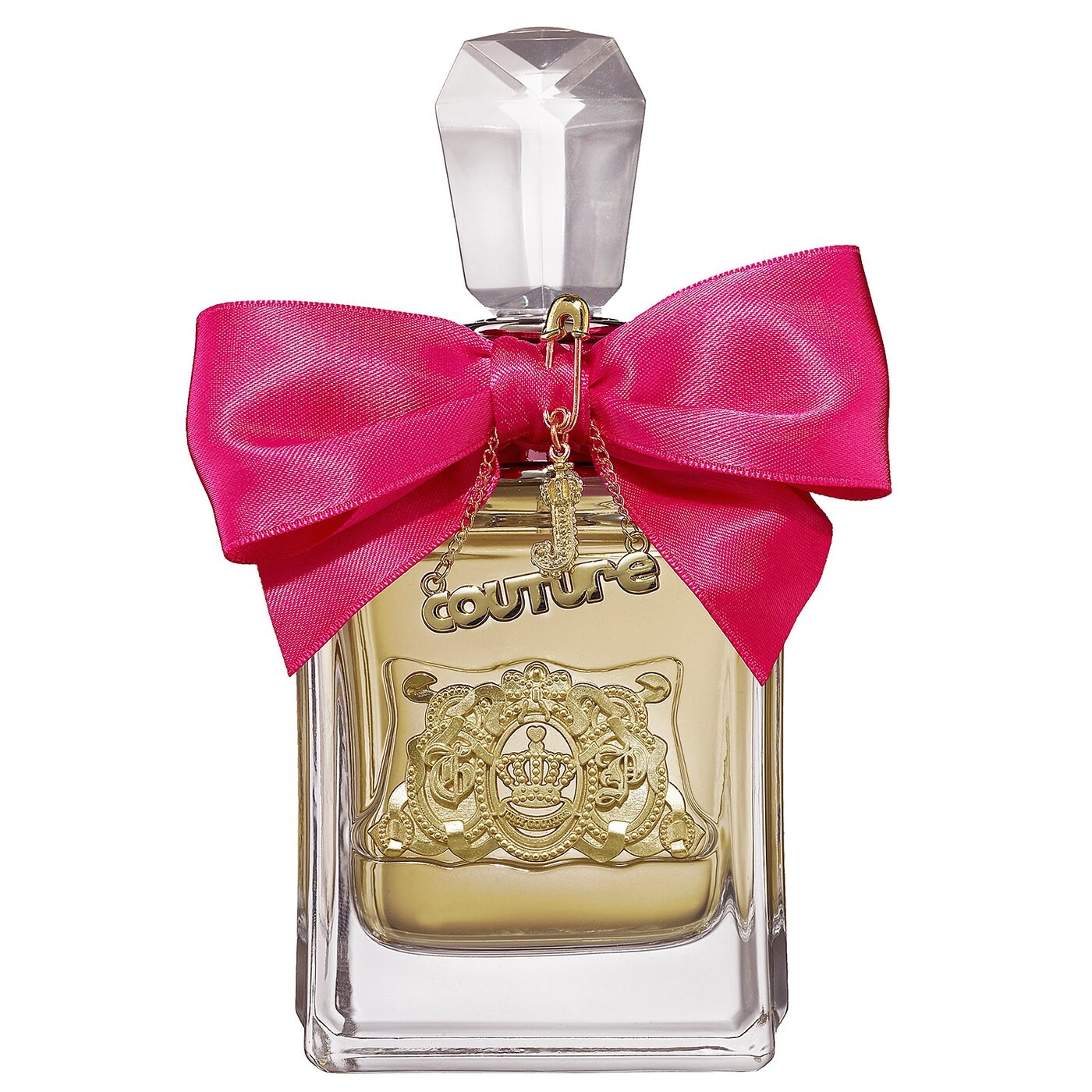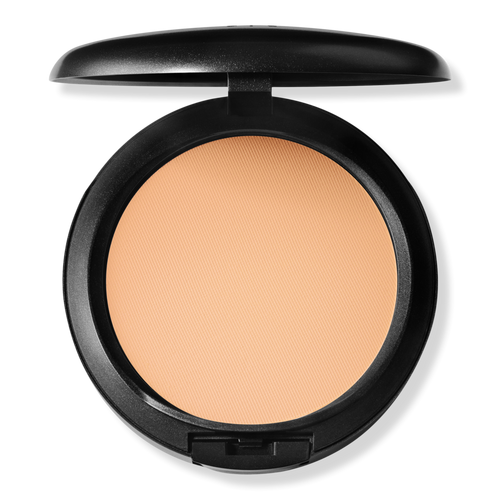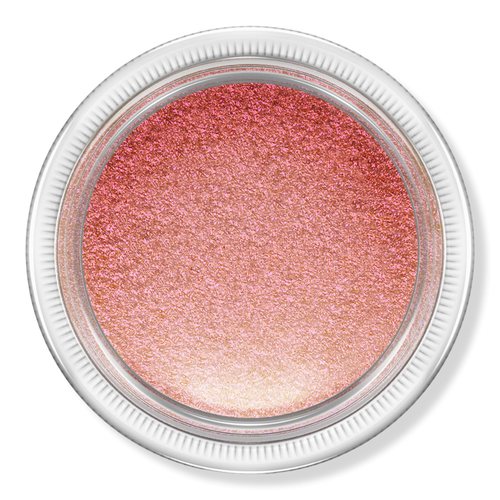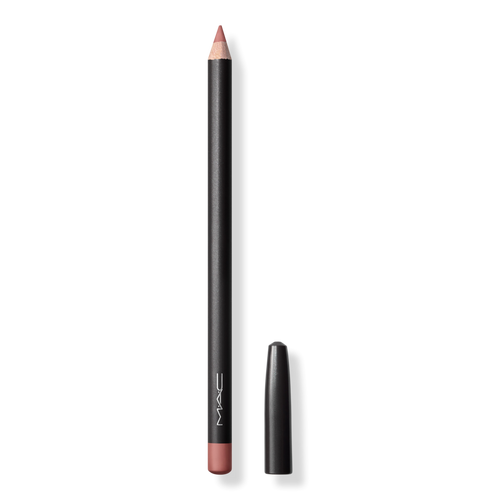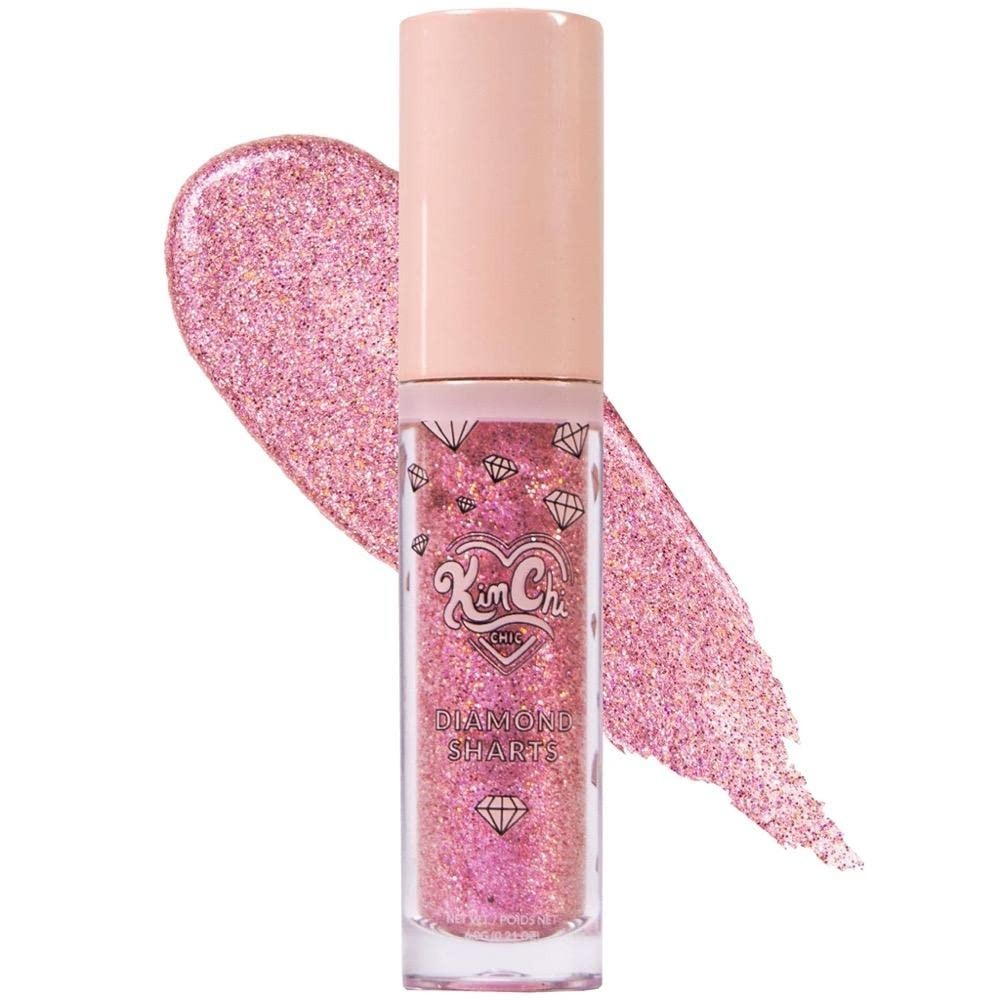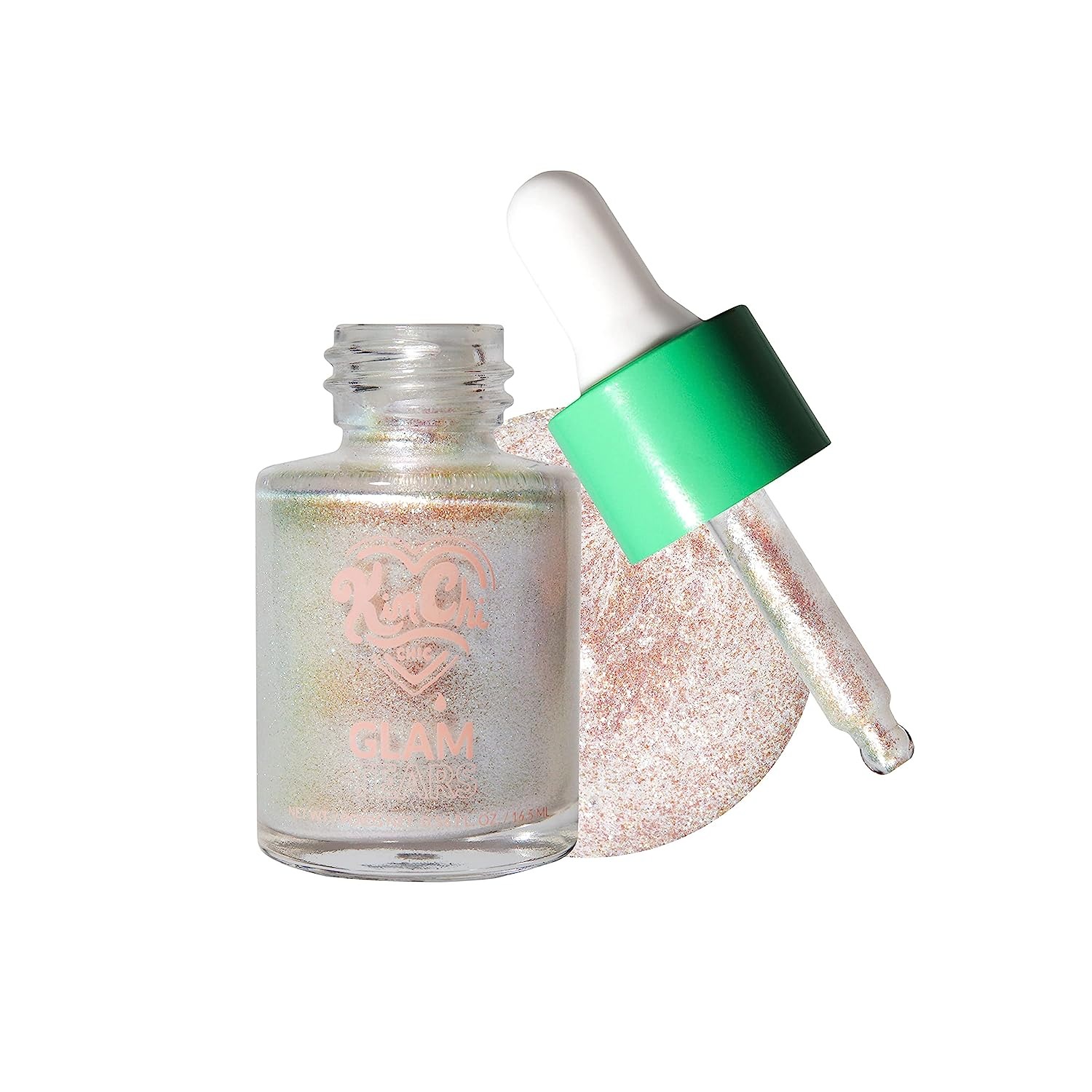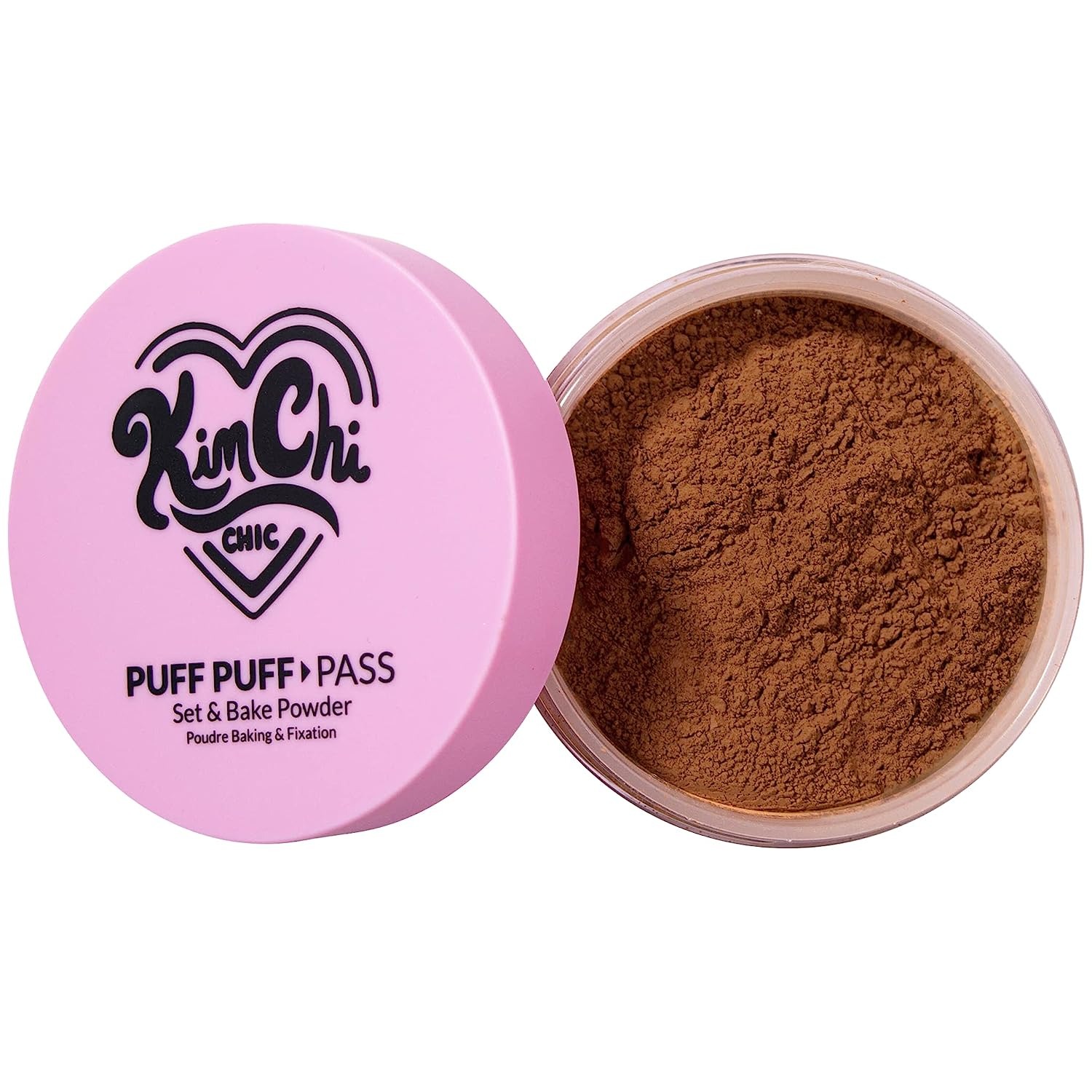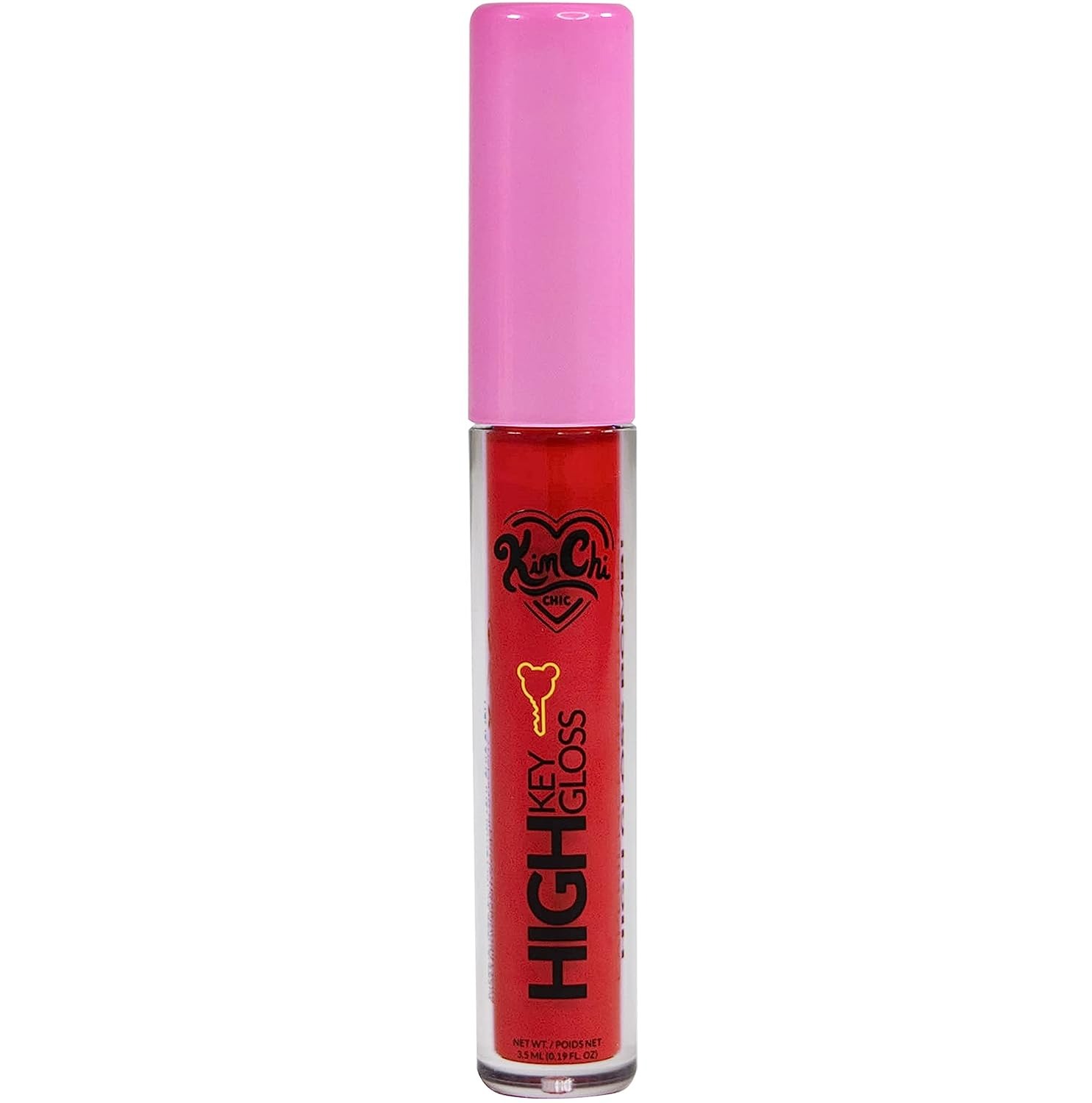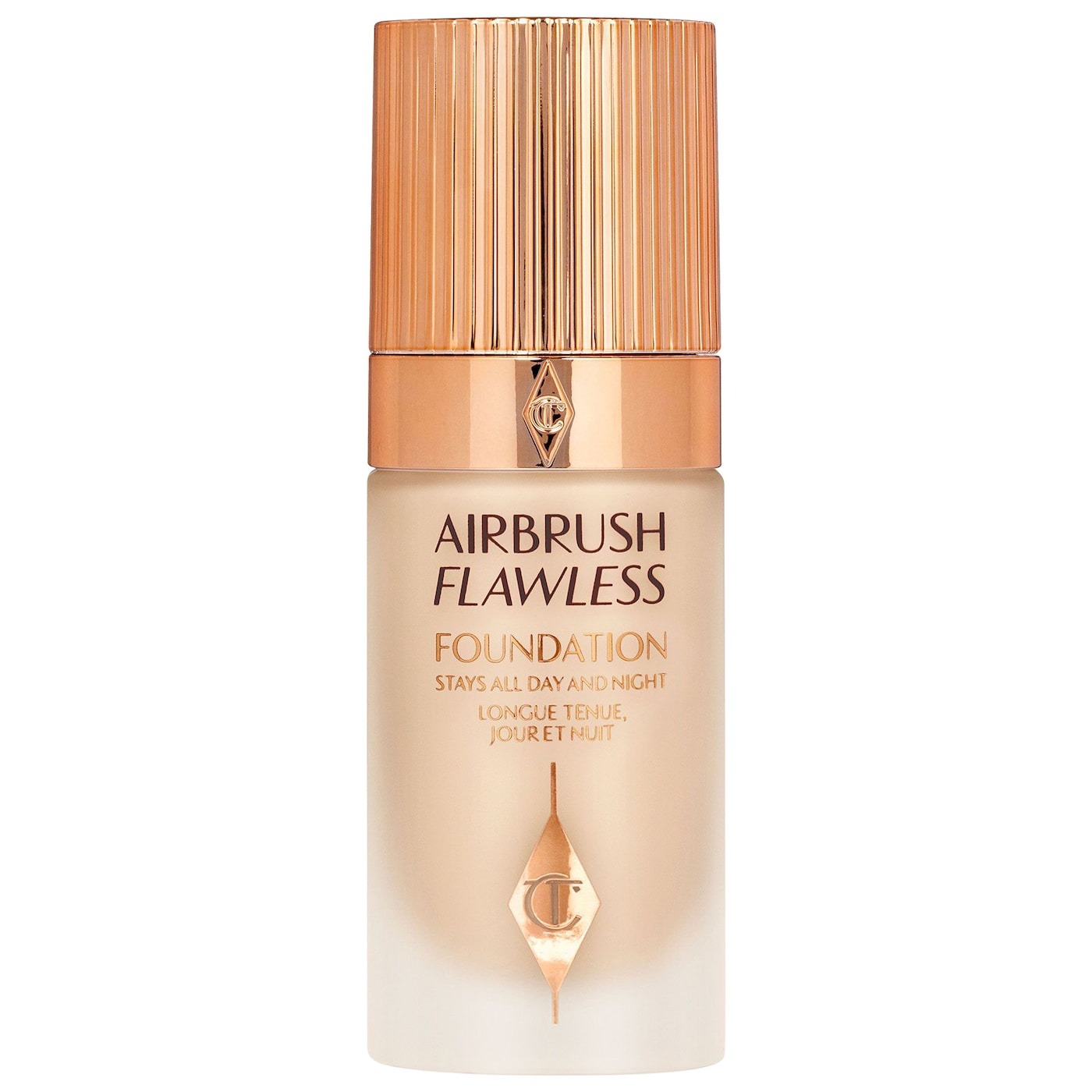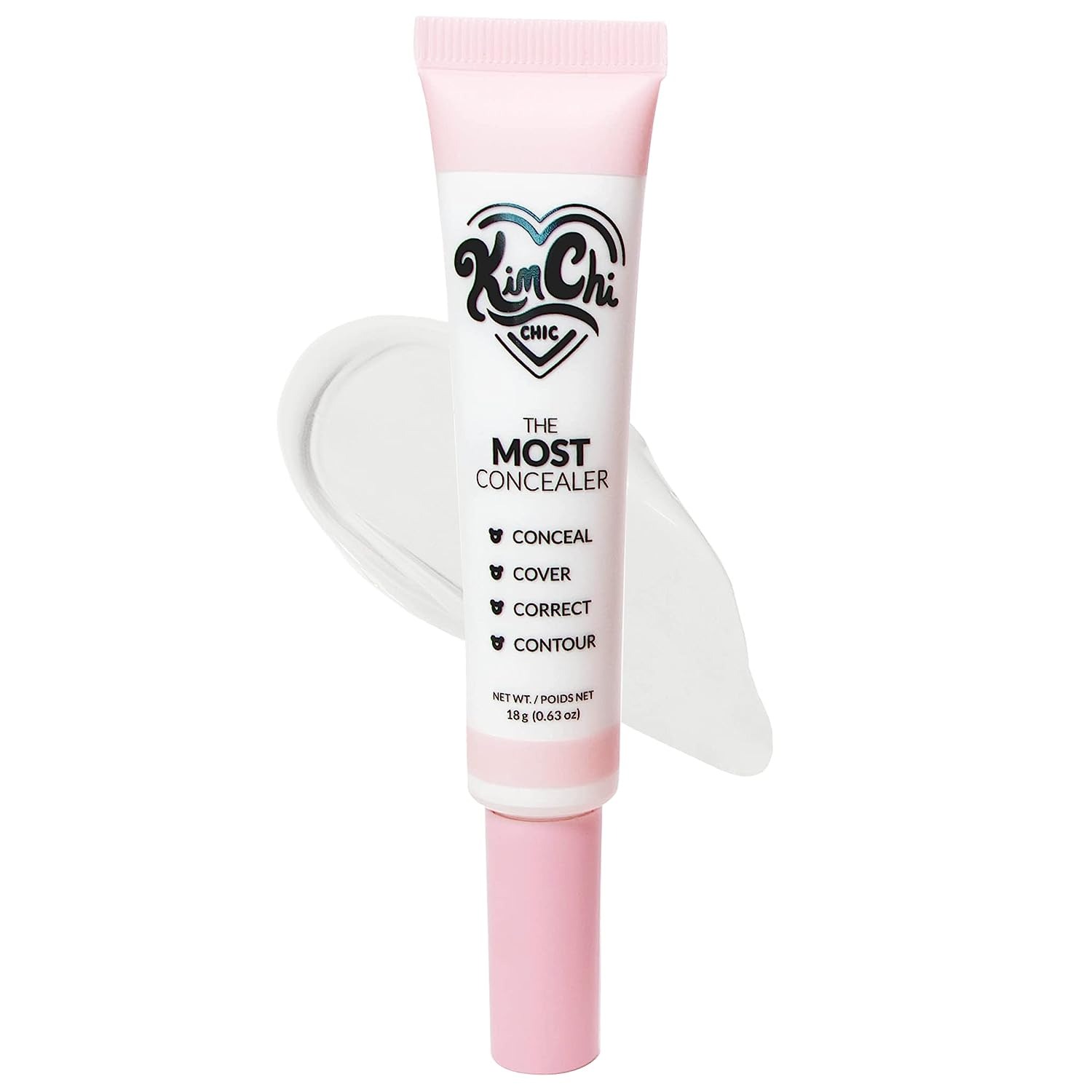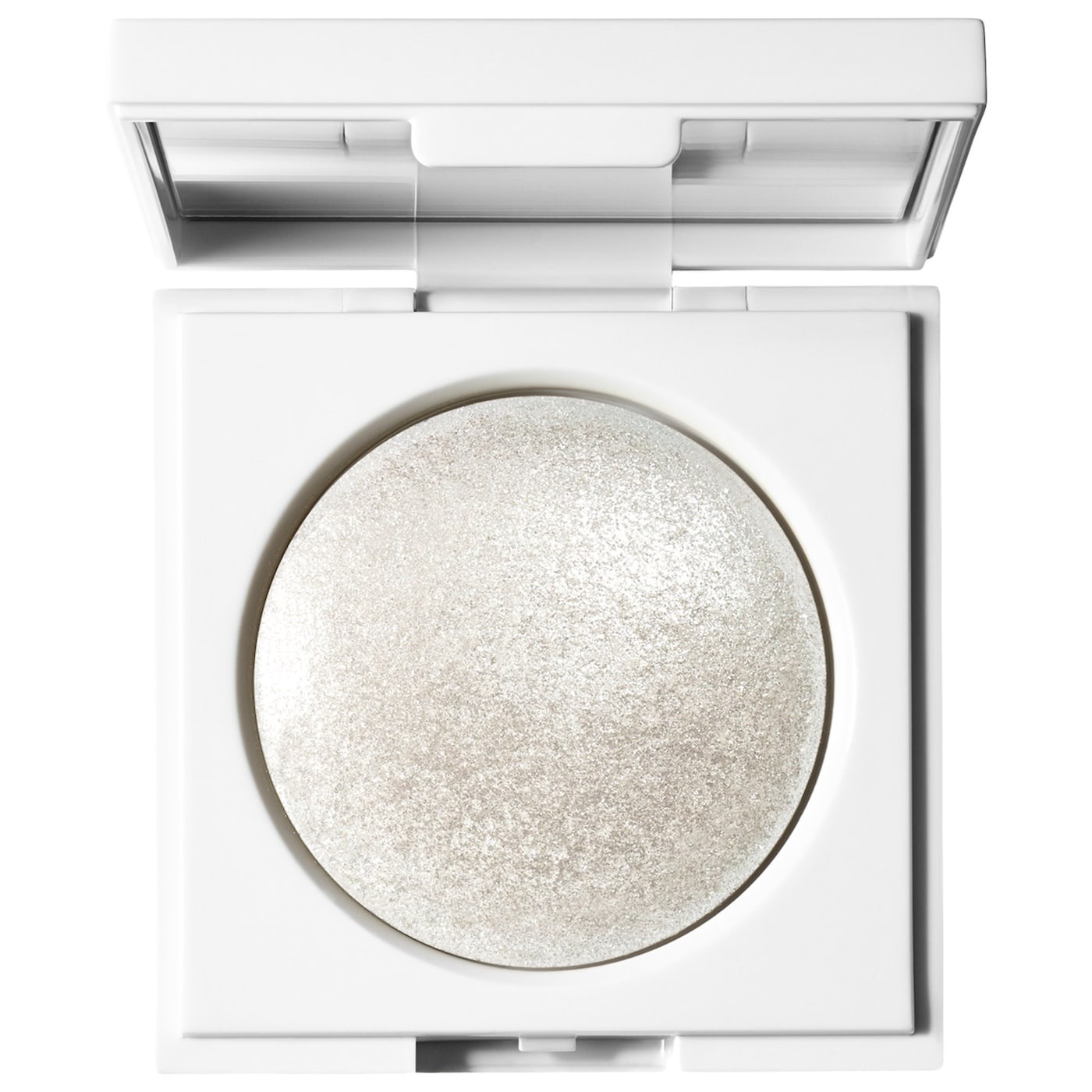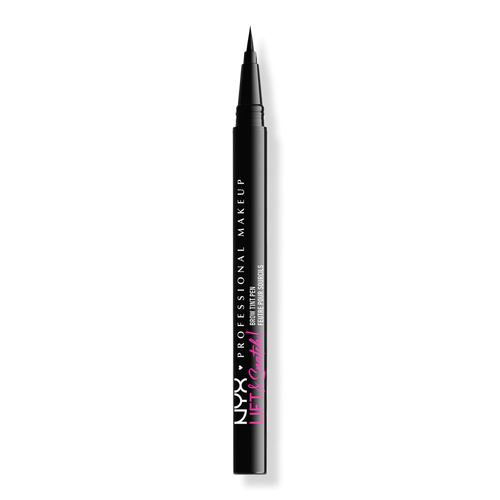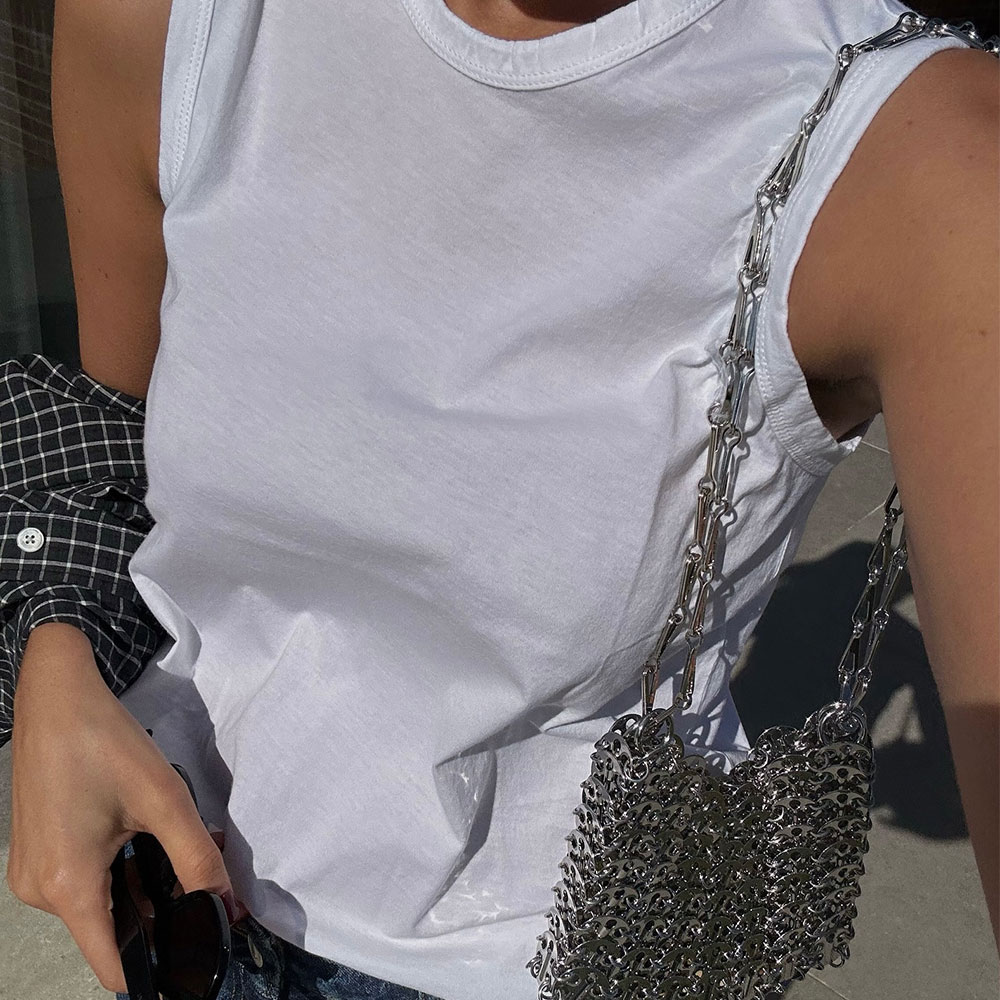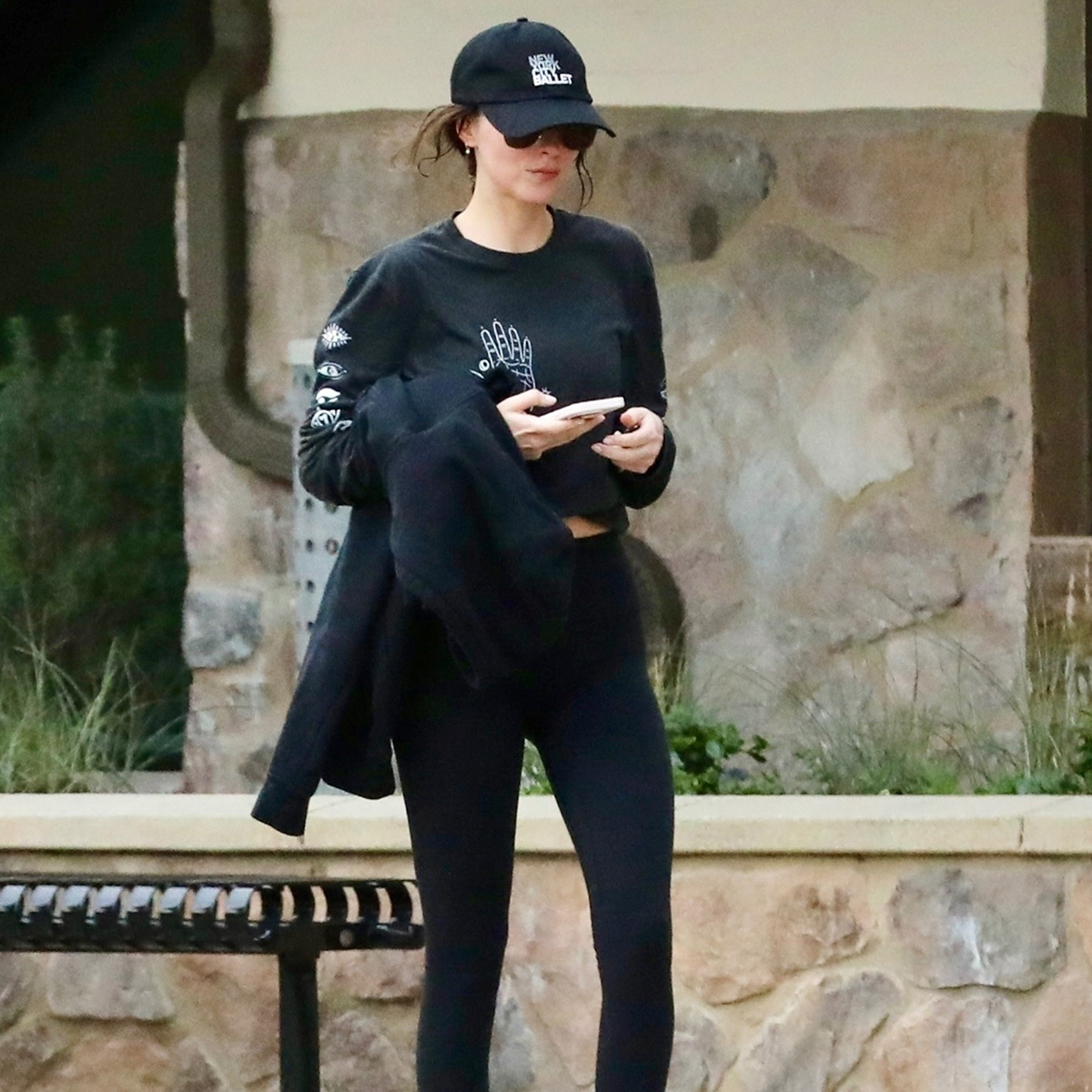How Drag Makeup Is Redefining Self-Expression and Personal Politics

The energy at a drag show is unparalleled. Venues are dappled with flashing neon lights. Performers lip-sync to the kinds of songs you’d belt out in the shower. Everyone seems to be in on the same conspiratorial, innocent joke. And absolutely no one knows what glamour means like drag queens—they’re dressed to the nines and wear wigs that truly encompass their character. Their makeup? It’s more impressive than any YouTube tutorial.
For many, drag is a little pocket of life that feels like home. It’s a way for people to explore who they are without judgment or boundaries. “Drag, for me, is in so many ways just a thorough expression of who I am,” says Mrs. Kasha Davis, RuPaul’s Drag Race All Stars alum and longtime drag queen. “When I was a child, I was called a fancy fellow, which was another way of saying, ‘I think your son is gay or too feminine.’ I thought, ‘Why is feminine bad?’ I didn’t know that the aspects of who I was that were loving and caring and emotional would be considered bad. I was taught to suppress them for so many years. Drag gave me the opportunity to be essentially my given name, Ed, with an exclamation point.”
Not only is drag a way to explore every aspect of yourself, but it’s also always been—and will, for the foreseeable future, continue to be—a political statement. Kim Chi, RuPaul’s Drag Race runner-up and LGBTQ+ activist, views drag queens as the “cheerleaders” for a larger movement. As the more visible players for the queer community as a whole, drag queens are in the unique position to be vocal where others can’t.
“Just getting in drag is a political thing,” says Kim Chi. “This is an art that challenges the gender norms. Basically, we get to create art using gender.”
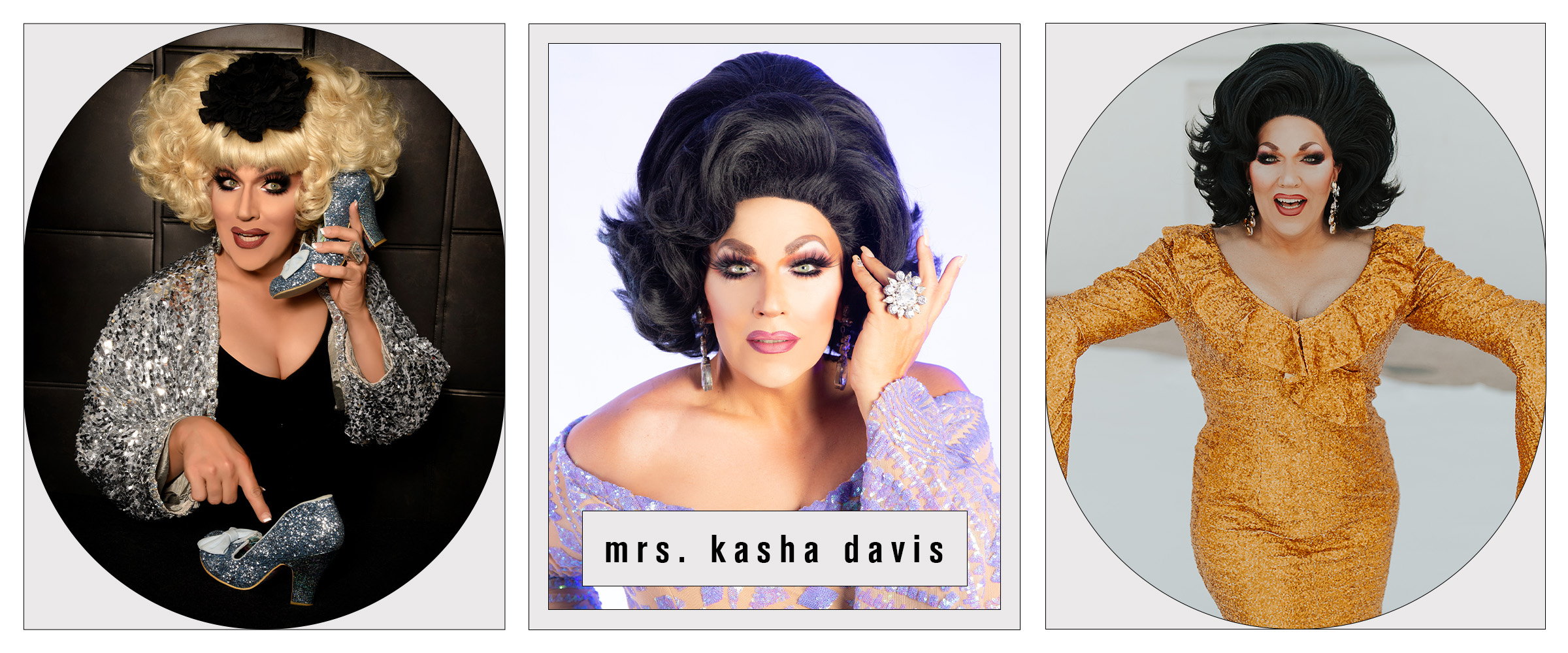
At a time when anti-LGBTQ+ bills are sweeping the nation, Kim Chi’s thoughts couldn’t ring truer. Right now, the ACLU is tracking hundreds of these bills nationwide.
Some bills have even specifically targeted drag queens. Tennessee was the first state to come right out and attempt to ban “adult cabaret performances,” which critics say was a thinly veiled attempt to take aim at drag queens. Florida Governor Ron DeSantis introduced a similar bill with specific language barring “lewd exposure of prosthetic or imitation genitals or breasts.” Both bills were struck down by federal judges, but they won’t be the last of their kind. Other states such as Kentucky and Oklahoma have introduced similar bills of their own.
Bills like these—as well as targeted hate crimes such as the mass shootings at Pulse nightclub in Orlando, Florida, and Club Q in Colorado Springs, Colorado—have made drag more political than ever. “When we go to gigs now, we first look to see where the emergency exit is,” says Kim Chi. “Generally, lots of clubs and things like that have beefed up security. We’re more aware of our surroundings, whereas before, a lot of people [would] go to their gigs, get drunk, and just stumble out. But now, there’s a little more tension in the air.”
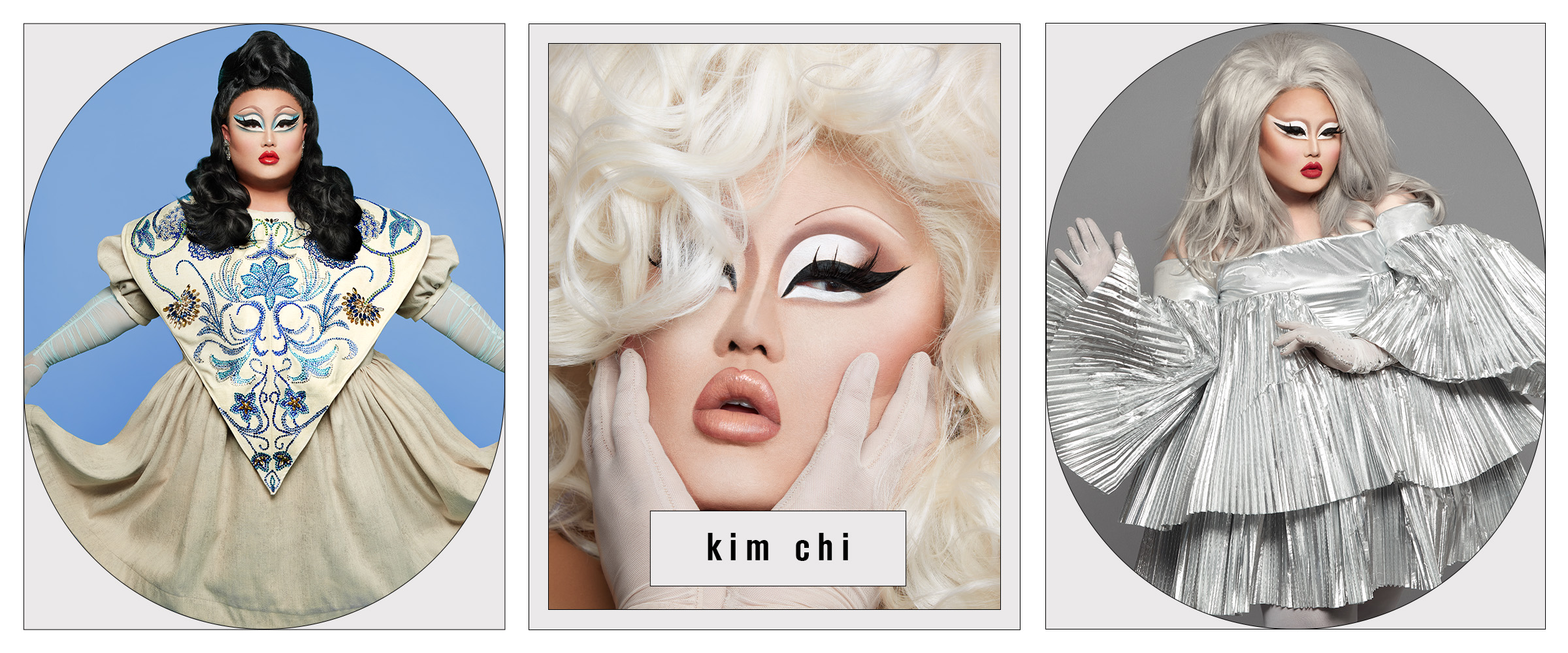
Of course, criticism of drag is nothing new. Though drag has only been catapulted into the mainstream in the past decade or so thanks to shows like RuPaul’s Drag Race, drag has roots gripped in subcultures throughout history. Drag as we know it today evolved from drag balls in the ’70s, where members of the LGBTQ+ community could go to express themselves, compete in “vogue” battles, and find acceptance. Drag queens as we know them today started to gain momentum in the ’80s. The documentary Paris Is Burning introduced audiences to a slice of a culture they might not have seen otherwise. Drag has always been met with its fair share of opposition, but right now, there’s quite a bit of uneasiness.
Many drag queens view this heightened tension as a way to make a statement. “Especially now, I always take the train in drag because I just feel like it’s important to represent and be not afraid to step out and show people that I’m just another person on my way to work like everyone else,” says Reese Havoc, an NYC-based drag queen who’s relatively new to the drag scene.
And when it comes to drag, there’s no such thing as making a statement where makeup isn’t involved. For drag queens like Kim Chi, Mrs. Kasha Davis, and Reese Havoc, makeup is as much an outlet for self-expression as drag itself.
Take it from Mrs. Kasha Davis: “By putting on a false face, I get to express myself in a stronger fashion, which is kind of ironic, isn’t it?”
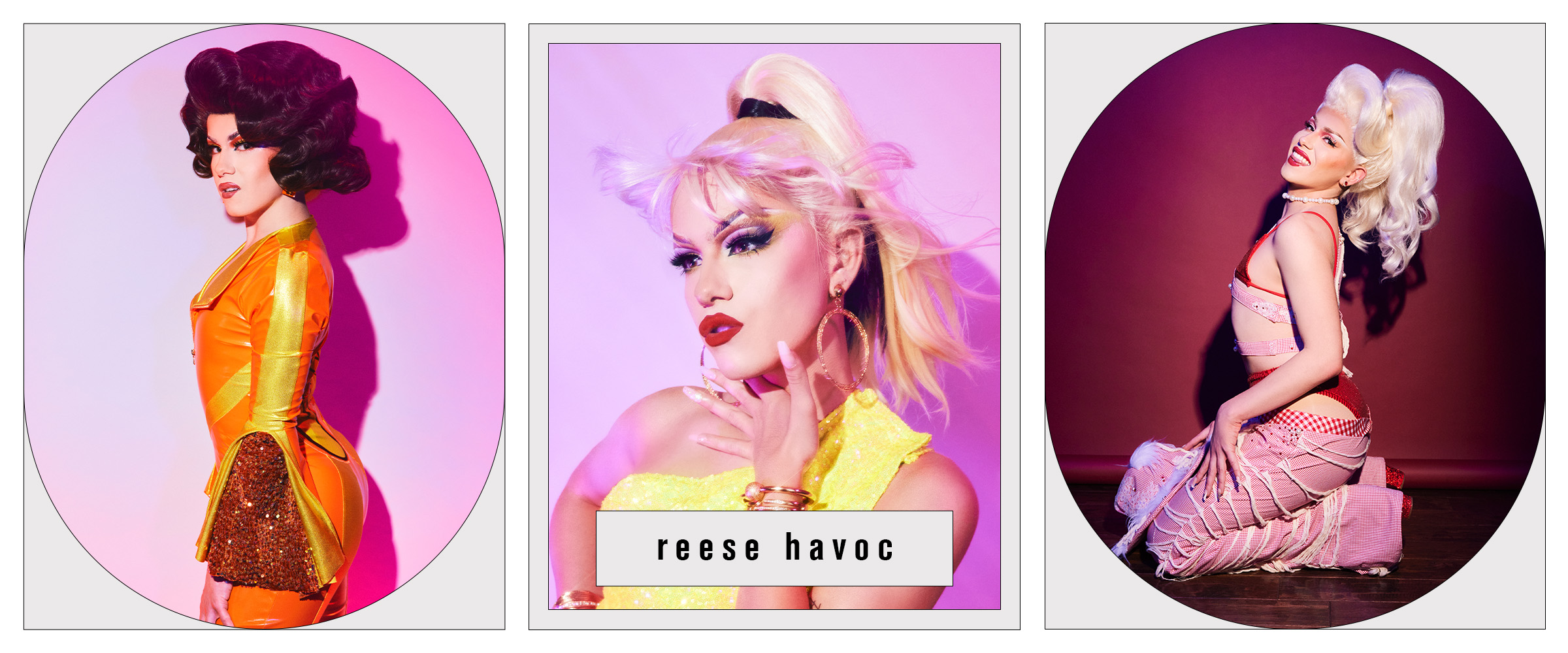
Ask any drag queen and they’ll be able to list off a cohort of beauty products that help them transform into their drag counterparts every night. Some drag queens, like Reese Havoc, feel most themselves once they draw their brows on, while others, like Mrs. Kasha Davis, find that perfume helps them get into character.
Kim Chi’s makeup line, KimChi Chic Beauty, is one of the first makeup lines formulated specifically with drag queens in mind. For Kim Chi, it all came down to accessibility. When she was experimenting with makeup, Kim Chi found that most of the pigmented and efficacious products were prohibitively expensive. All of the products in the KimChi Chic Beauty line come at drugstore prices so everyone can have the same access to makeup to transform themselves into drag queens.
“I see makeup as another medium, where my face is the canvas,” says Kim Chi. “But the beauty of it is your artwork only lasts for that one night when you paint it on, and then it washes away, and you get to start over. It’s okay if you mess up. You can always fix everything, and even if you hate whatever you create at the end, you can wash it all away and start over the next day.”
Mrs. Kasha Davis has loved makeup since she was a kid and used to watch her mom put it on while she got ready. Now, she still uses it as a tool for self-expression and has honed in on a specific look for herself throughout the years. Reese Havoc went from feeling overwhelmed by makeup to learning how to use makeup products in tons of different ways, creating a new persona every single night.
For each drag queen, there’s no right way to do their makeup, and that’s the fun of it. “The more we practice self-love and looking in the mirror when we’re doing our makeup and saying ‘I love you,’ the more we can create new characters [and] new people that are who the world needs to see next,” says Mrs. Kasha Davis.
Makeup is just one of the many tools that drag queens have in their arsenal in the fight for inclusivity. “At the end of my shows, I come home, and I identify as he/him, and I can live my life without this being everything,” says Reese Havoc. “Drag, for me, is a form of expression, but it’s not my identity. But a lot of our trans brothers, sisters, and nonbinary siblings, a lot of the laws and this hateful legislation is to target them. While drag might get a lot of that attention, it’s more important than ever to stick up for our trans siblings because this is their identity.”
Shop Mrs. Kasha Davis's Beauty Edit
Shop Kim Chi's Beauty Edit
Shop Reese Havoc's Beauty Edit
This article was originally published at an earlier date and has since been updated.
Prior to her time at Who What Wear, Katie Berohn worked as the beauty assistant for Good Housekeeping, Woman's Day, and Prevention magazines, all part of the Hearst Lifestyle Group. She graduated from the University of Colorado, Boulder, with a major in journalism and minor in technology, arts, and media, and earned her master's degree at NYU's graduate program for magazine journalism. In addition, Katie has held editorial internships at Denver Life magazine, Yoga Journal, and Cosmopolitan; a digital editorial internship at New York magazine's The Cut; a social good fellowship at Mashable; and a freelance role at HelloGiggles.
